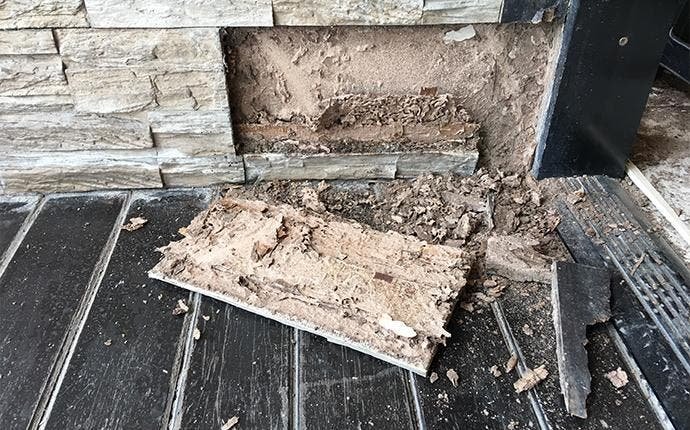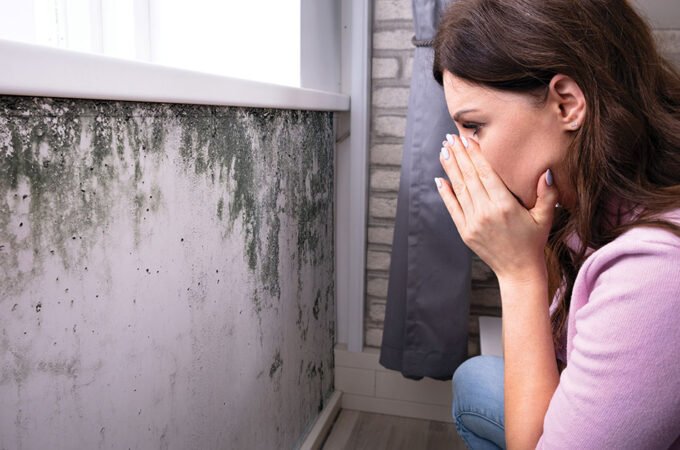
The Truth About Termites and Foundation Damage
What is the first thing that comes to mind when you think of termites? For most people, it’s extensive damage. Termites can cause a lot of damage to homes, businesses, and other structures. One of the most common types of damage caused by termites is foundation damage. In this blog post, we will discuss how termites cause foundation damage and what homeowners can do to prevent it.
Table of Contents
ToggleUnderstanding the different species of termites:
While all termites are bad termites, there are three main types of termites that cause damage to structures: dry wood termites, damp wood termites, and subterranean termites.
Drywood termites live in dry wood and do not need contact with the ground to survive. Damp wood termites live in moist or wet wood and require contact with the ground to survive. Subterranean termites live in the soil and build mud tubes to reach their food source (typically wood).
A major difference between these three species of termite is their preferred type of wood. Drywood termites prefer softwoods, while damp wood termites prefer hardwoods. Subterranean termites will eat just about any wood.
The three main types of damage caused by termites:
There are three main types of damage that termites can cause: cosmetic damage, structural damage, and economic damage. Cosmetic damage is the least serious type of damage. It is typically only a concern for homeowners who are trying to sell their homes or are otherwise concerned about the aesthetics of their property. Structural damage is much more serious and can render a home or other structure uninhabitable. Economic damage is the financial impact of termite damage and can be significant.
How termites cause damage to foundations:
Termites typically enter a home through cracks in the foundation. Once inside, they will begin eating the wood of the house. As they eat away at the wood, it weakens the house’s structure and can eventually lead to collapse. In some cases, termites will also build mud tubes outside of a house to reach higher levels of the house. These mud tubes are visible and can be an early sign of termite infestation.
Are some types of foundations at more threat of foundation damage?
When it comes to termites and foundation damage, all foundations are at risk. However, some foundations are more vulnerable than others. For example, homes with crawl spaces are more likely to experience termite damage than homes with slab foundations. This is because crawl spaces provide an easy entry point for termites and offer a ready food source in the form of wood beams and joists.
Concrete foundation: Concrete foundation may be the most secure foundation regarding termite damage, but it still has a fair bit of wood. When building a concrete foundation, experts use wood forms to shape the concrete. Once the concrete has been poured, the wood forms are removed. However, small pieces of wood often remain in the concrete, and these can provide a food source for termites. In addition, as concrete foundation age, they can develop cracks and other openings that termites can use to gain access to the home.
Pier and beam foundation: Pier and beam foundations are also vulnerable to termite damage. This type of foundation is typically made of wood, which is the preferred food source for termites. In addition, pier and beam foundations often have crawl spaces, which provide an easy entry point for termites. As with concrete foundations, pier and beam foundations can also develop cracks and other openings that termites can use to gain access to the home.
Repair methods for termite damage:
Once termites have caused damage to a foundation, it is important to address the issue as quickly as possible. The longer termites are left unchecked, the more damage they will cause. Several methods can be used to repair termite damage, but the most effective method will depend on the extent of the damage and the type of foundation that is affected.
How to prevent termite damage:
There are several things that homeowners can do to prevent termite infestation, which can cause significant damage. One of the most important things is having a regular pest control program. This will help to keep termites from entering the home in the first place. In addition, it is important to repair any cracks or other openings in the foundation as soon as they are discovered. Homeowners should keep wood piles and other potential food sources away from the house. By taking these steps, homeowners can help to protect their homes from termite damage.
While termites are a serious threat to any home, there are things that homeowners can do to prevent them from causing damage. Understanding everything you need to know about termite damage when it comes to foundations is key to avoiding this type of damage. With a little knowledge and effort, homeowners can help keep their homes safe from termite damage.






